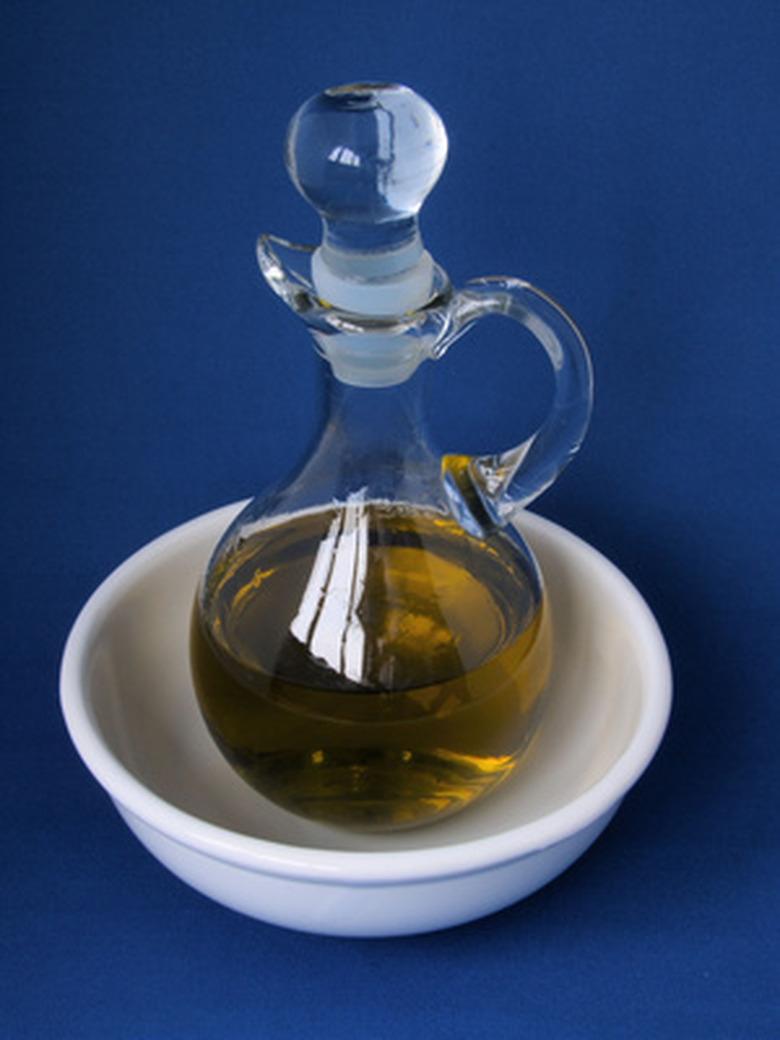How To Increase The Viscosity Of Oil
Viscosity is essentially liquid friction; liquids with higher viscosities are thicker and flow less readily than lower viscosity liquids. When you increase the viscosity of oil, it tends to clump and become less volatile. The clumping tendency of viscous oil makes it easy for you to separate it from water if one substance has contaminated the other–simply remove the oil clumps. Reduced volatility means that less oil will be lost to evaporation, so increasing the oil viscosity can increase the amount of time that you can store oil without covering it. The simplest way to increase the viscosity of oil while maintaining its purity is to reduce its temperature.
Step 1
Obtain a small refrigerator. You could use the refrigerator in your kitchen, but you risk contaminating your food and beverages with oil fumes. Nothing fancy or overly powerful is required. The tiny personal refrigerators often used in college dorms will work fine. You can likely find many for sale on or around a college campus, or you can peruse the online shopping options through the link in the Resources section below.
Step 2
Gather the sample of oil the viscosity of which you want to reduce and place it in the refrigerator. Allow at least one hour in the refrigerator for the oil to cool so that the viscosity increases.
Step 3
Adjust the refrigerator's temperature settings to further influence the oil's viscosity. If the oil is not viscous enough at a particular setting, turn the refrigerator's power up so it becomes cooler. The colder you can make the oil, the more viscous, clumpy and less volatile it will become.
References
- "Chemistry"; Wilbraham, Anthony and Dennis Staley; 1997
- "College of Charleston: Oil Composition and Degradation"
Cite This Article
MLA
Banas, Timothy. "How To Increase The Viscosity Of Oil" sciencing.com, https://www.sciencing.com/increase-viscosity-oil-6338876/. 24 April 2017.
APA
Banas, Timothy. (2017, April 24). How To Increase The Viscosity Of Oil. sciencing.com. Retrieved from https://www.sciencing.com/increase-viscosity-oil-6338876/
Chicago
Banas, Timothy. How To Increase The Viscosity Of Oil last modified March 24, 2022. https://www.sciencing.com/increase-viscosity-oil-6338876/
